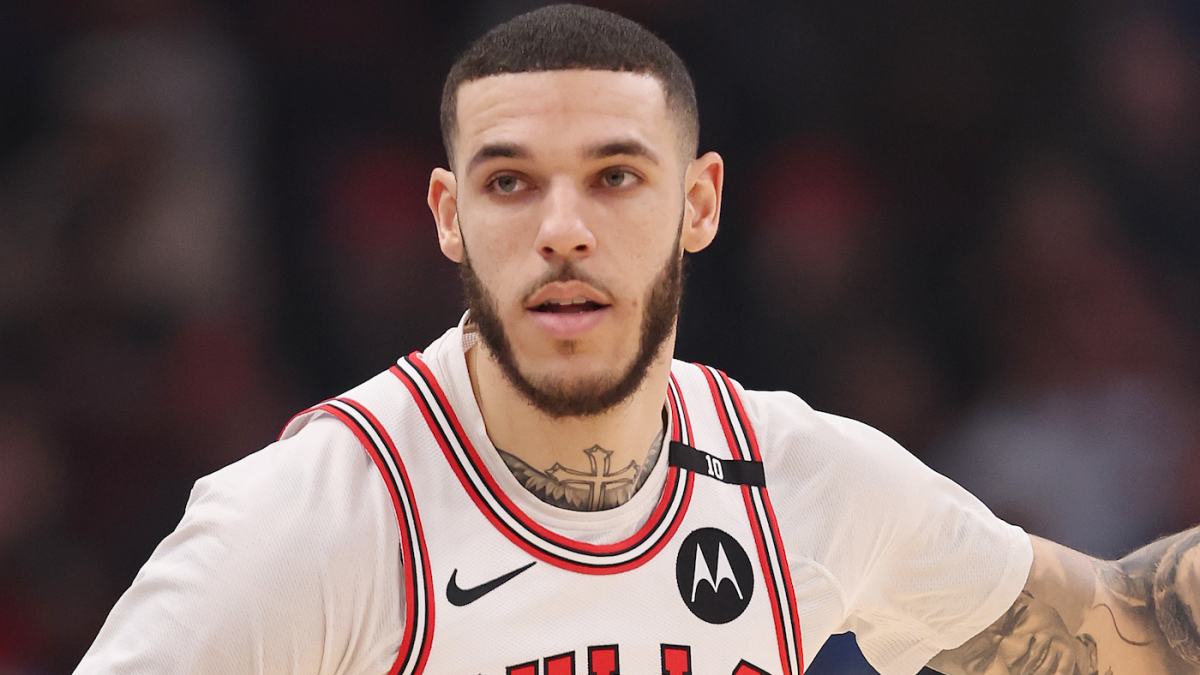The recent trade between the Chicago Bulls and Cleveland Cavaliers, involving Lonzo Ball and Isaac Okoro, has sent shockwaves through the NBA. This swap reflects a strategic shift for both franchises, each prioritizing different needs and long-term goals. To fully grasp the implications of this deal, it’s essential to examine the players involved, the context of their careers, and the broader impact on both teams.
Background on the Trade
On June 28, 2025, the Chicago Bulls and Cleveland Cavaliers completed a trade that saw point guard Lonzo Ball head to Cleveland in exchange for small forward Isaac Okoro. The trade, which occurred just before the NBA free agency period, took many by surprise given the players’ histories and perceived value.
Lonzo Ball, a former No. 2 overall draft pick, has had a career marred by injuries. Despite his potential, Ball has struggled with durability, missing significant time over the past few seasons due to knee issues. However, in the 35 games he played last season, he averaged 7.6 points, 3.4 rebounds, and 3.3 assists, showcasing his ability to impact the game when healthy. The Bulls, who once extended Ball, ultimately decided to part ways, signaling a change in direction.
Isaac Okoro, a 24-year-old wing player, brings a different skill set to the table. Known for his defensive prowess and versatility on the perimeter, Okoro has been a reliable defender throughout his five-year NBA career. While his offensive game has been inconsistent, his length and athleticism are valuable assets, particularly for a team like the Bulls looking to bolster their defense.
Chicago Bulls’ Perspective and Strategy
The Bulls’ decision to trade Ball for Okoro suggests a strategic pivot. With Ball’s injury history and limited offensive output, the Bulls likely concluded that acquiring a wing with strong defensive capabilities would better align with their roster-building goals. Okoro’s youth and defensive skills fit well with the Bulls’ plans to strengthen their perimeter defense and create more lineup flexibility.
Reports indicate that the Bulls may view Okoro as a potential trade asset. By acquiring him before free agency, the Bulls retain the option to flip Okoro at the trade deadline to a contender seeking wing depth. This move could secure a draft pick or other valuable assets in return.
There is also speculation that the Bulls are prioritizing youth and long-term roster control. By trading Ball, the Bulls may be positioning themselves to complement core players like Coby White and develop young talent such as Patrick Williams, who has been the subject of trade rumors. Okoro’s defensive versatility and contract flexibility make him an intriguing piece in the Bulls’ evolving roster.
Cleveland Cavaliers’ Motives and Expectations
For the Cavaliers, acquiring Lonzo Ball addresses a pressing need for a traditional point guard. Cleveland’s roster lacks a reliable playmaker, and Ball’s ability to facilitate and distribute is a significant addition. His veteran presence and offensive skills are expected to complement the team’s younger stars.
Though Ball comes with injury risks, the Cavaliers are reportedly confident in his ability to stay healthy and contribute meaningfully. His team option for the 2027 season provides Cleveland with a multi-year evaluation window before making a long-term commitment.
Ball’s defensive potential at the guard position is another asset, though not as elite as Okoro’s. The Cavaliers seem willing to accept this tradeoff given Ball’s offensive skills, veteran savvy, and fit alongside their young core. This move signals a commitment to strengthening the backcourt as the team aims to contend sooner rather than later.
Reaction and Analysis from the NBA Community
Reactions to the trade have been mixed. Some critics argue that the Bulls could have secured a better offer for Ball than trading him for Okoro, whose offensive limitations and restricted free agency status pose risks. Others view the trade as a win for the Cavaliers, given their need for backcourt playmaking.
Analysts have described the Bulls’ move as “strange” but not without merit, viewing Okoro as a potentially valuable defensive addition or a flexible trade chip. The trade also highlights a broader NBA trend: teams seeking a balance between offense-oriented guards and defensively capable wings, with roster moves reflecting immediate needs and asset management strategies.
Implications for Both Teams Moving Forward
For the Bulls:
– The departure of Ball marks the end of an era defined by hope for a dynamic playmaker hampered by injuries.
– Okoro’s arrival enhances wing defense but requires offensive development to maximize his value.
– The trade potentially positions the Bulls for further roster adjustments, leveraging Okoro’s trade value.
– Sending Ball may free up cap space or roster spots, making it easier to pursue other moves in free agency.
For the Cavaliers:
– Ball offers improved playmaking, which could catalyze offensive growth and complement young players.
– The team assumes some injury risk but gains a versatile guard who can impact multiple facets of the game.
– Retaining Ball’s team option provides financial and roster flexibility.
– The move signals a commitment to strengthening the backcourt in their bid to contend sooner.
Conclusion: A Calculated Gamble Reflecting Changing Priorities
This trade between the Bulls and Cavaliers is more than a simple player swap; it highlights changing evaluations of player value, injury risk, and team composition. Chicago’s move suggests a shift toward defense, youth, and asset flexibility, while Cleveland aims to invigorate its backcourt with an experienced floor general.
While both teams face uncertainties—whether Ball can stay healthy or Okoro can develop offensively—this calculated gamble demonstrates nuanced front office approaches addressing immediate competitiveness and long-term building. In a league driven by constant roster churn, such a trade offers both franchises fresh avenues to pursue their goals and recalibrate narratives heading into the 2026 season.

